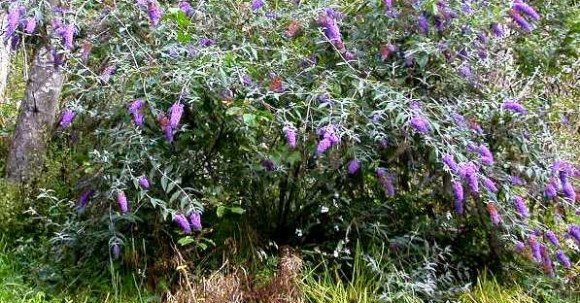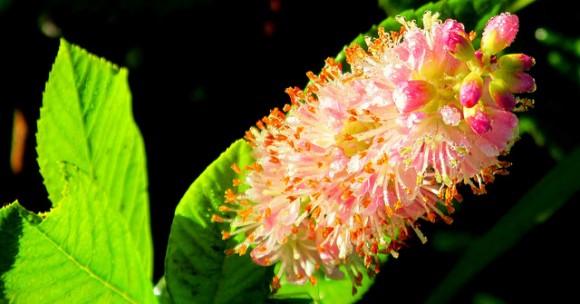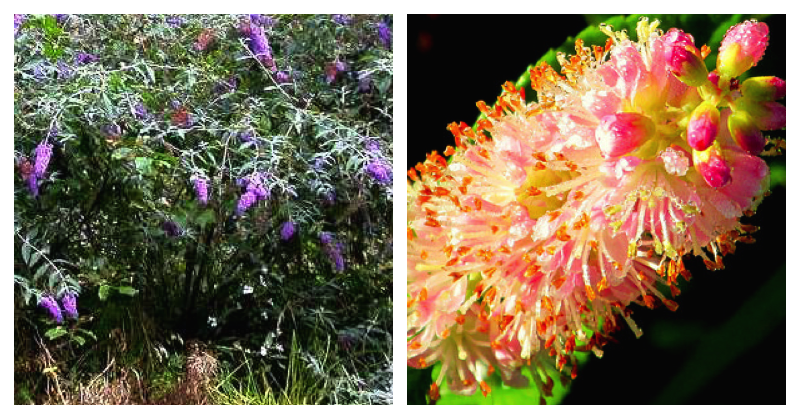Invasive Plant to Avoid: Butterfly Bush
This week is National Invasive Species Awareness Week. Herring Run Nursery will be focusing each day on one invasive plant and a native alternative.
Don’t Plant: Butterfly Bush

Many of our customers are surprised to learn that butterfly bush (Buddleia davidii) is a problematic plant.
Butterfly bush certainly benefits from a beguiling name, which seduces homeowners into believing that planting it is helpful to wildlife. In truth, despite the bright blooms, this shrub is a one-trick plant. Although it provides adult butterflies with nectar, according to entomologist Doug Tallamy it acts as a host plant for only one species of native butterfly.
Butterfly bush is more than just a waste of garden space, however. It can escape from plantings and become invasive in a variety of habitats around Baltimore. It has become naturalized in over twenty states and the National Fish and Wildlife Service specifically recommends not planting it.
Native Alternatives: Hazelnut and Summersweet
The list of native plants that are better for wildlife is, however, a long one.

One of our favorite shrubs for wildlife, including butterflies, is American hazelnut (Corylus americana). This multi-stemmed shrub is a host plant for more than 120 species of native butterfly and moth caterpillars. The fruits are edible and are also loved by woodpeckers, blue jays, and other large birds.

If you are looking for a shrub that has bit more of a conspicuous bloom, we often recommend summersweet (Clethra alnifolia). When grown in full sun, Clethra offers a long bloom time that is attractive to summer insects of all types and is very fragrant. Some cultivars, like Ruby Spice, offer a pink bloom color
Herring Run Nursery offers both of these native species, and will open its Spring season on April 9th.


